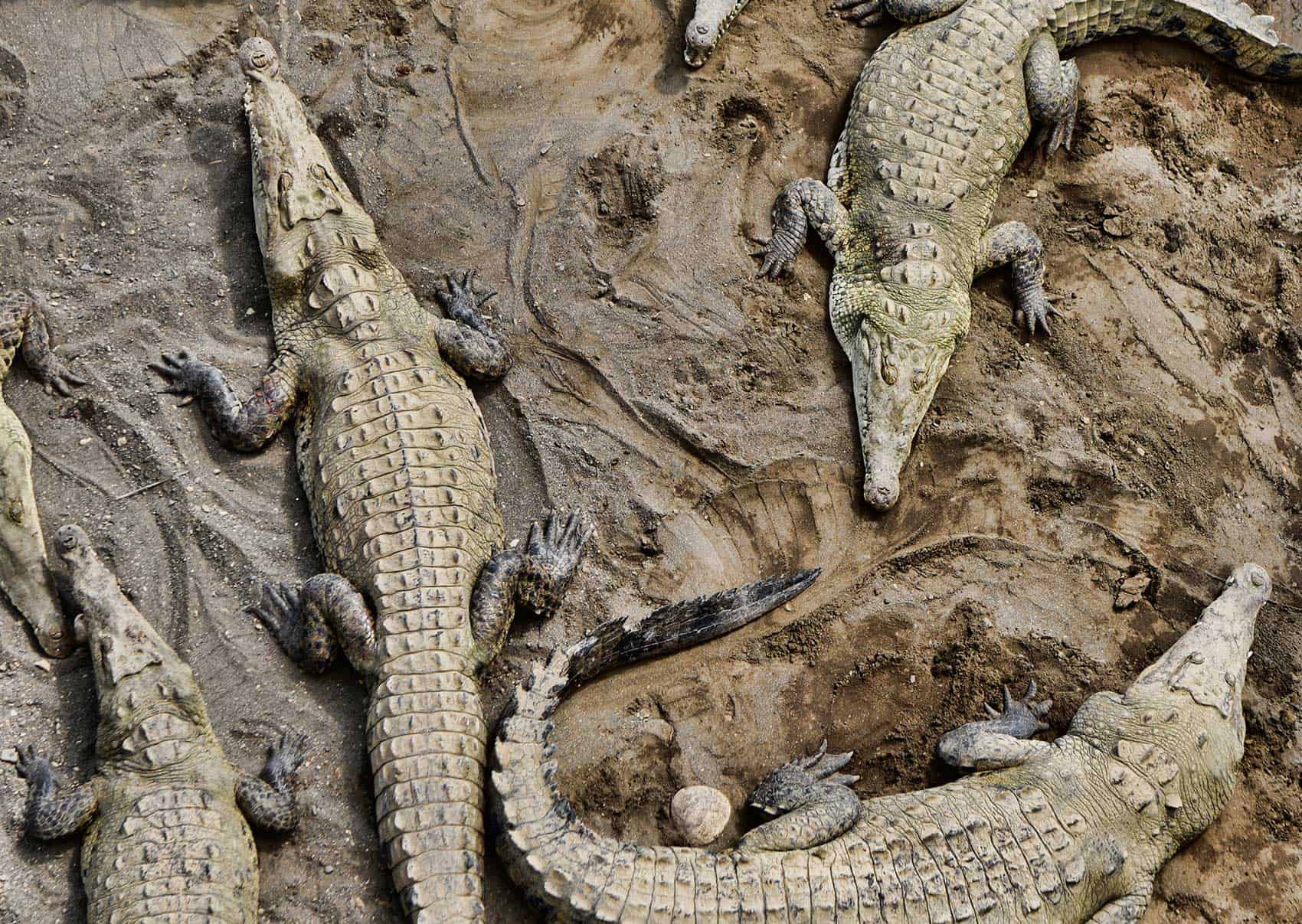After several minutes of cruising, Jason adjusts his binoculars and signals. “There it is,” he says. Camouflaged in the mud and rocks, the head of “Osama” emerges, one of the 2,000 American crocodiles that inhabit Costa Rica’s Tárcoles River.
Guide Jason Vargas says that they named this crocodile Osama in allusion to the disappeared leader of Al Qaida, because it is always difficult to find when the tourist expedition goes sailing.
“We recognize some of them by the territories where they usually are, that’s why we have funny names for them like Brad Pitt, Angelina Jolie, George Bush, Fidel Castro, Osama Bin Laden, Donald Trump, Selena Gomez and others,” says Vargas, 43, and who they call “The Crocodile Man”.
Crocodile watching at the mouth of the Tárcoles River, in the Pacific, is one of the biggest tourist attractions in the canton of Garabito, a town in western Costa Rica. Tourists can get on a boat and travel part of the 118 km of this river surrounded by mangroves where migratory birds and macaws rest.
Some male crocodiles like “Osama Bin Laden”, who could be 80 years old and six meters long, defend their territory, even with fights that cost them part of their body. Osama lost an eye in a fight.
With Respect
Upriver, he goes in search of “Captain Hook,” so called because he lost an arm fighting for his space. This time he does not show up. However, “Fidel” makes a brief appearance.
Perhaps accustomed to passing visitors, Osama approaches the boat cautiously. Jason interacts with him, with similar or greater caution. He makes sure that the animal has some food in its mouth, like a fish, for example, so that he can touch it with less risk.
A little earlier, “Monica”, a 15 year old crocodile, a meter and a half long, also approached the animal. They normally feed on sea fish that come in at high tide, and river fish. Although there has been a cattle breeder in the area who has already complained because he lost a cow.
“We must not be overconfident. You have to have respect and put everything in God’s hands so that nothing happens to you every day,” says Jason, who wears a necklace with three crocodile teeth that he recovered from the river. He has been doing this work for 20 years.
Tourism is one of the economic engines of the country, a paradise for beach, nature and ecology lovers. Covid-19 hit hard the sector, which is trying to recover. According to the Costa Rican Tourism Institute (ICT), just over 1.3 million tourists entered in 2021, a recovery compared to 2020 but still far from the more than 3 million that arrived in 2019.
“It’s my first time seeing crocodiles, it was amazing, I didn’t expect to be so close to them,” says Yohann Snell, a 37-year-old South African who traveled to Costa Rica with his family. Those who do not take the tour usually stop at the nearby bridges to watch how the crocodiles sometimes come out in groups to sunbathe, resting on the muddy banks. After a while they dive and get lost, covered by the current.






